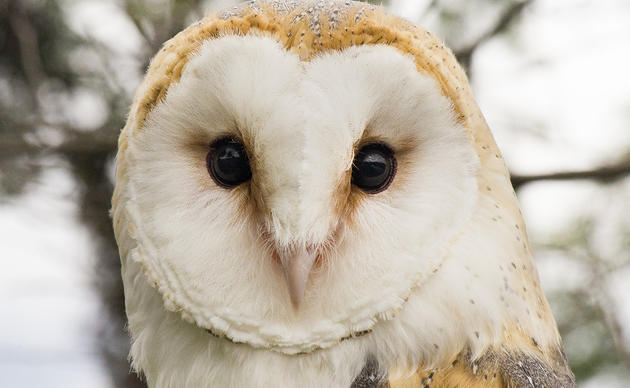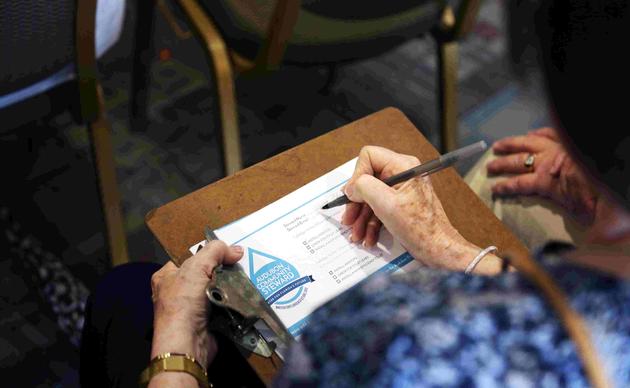We are in the home stretch of the 2023-24 Bald Eagle nesting season in Florida, which runs from October to May. Bald Eagles don’t nest for all of those nine months, but rather this timeframe covers the range of nest initiation patterns observed in Florida Bald Eagles. Our early nesters lay eggs in November and fledge young in February. The later nesters are on eggs now and will fledge young in May. Every season there are a handful of pairs for which the first nesting attempt failed and they try again late, fledging young in June. They keep us on our toes!
As of March 1, the hardworking EagleWatch volunteers have submitted 16,717 reports for 1,280 nests, documenting if the nest still exists and whether eagles are using the nest this season. As of the end of February, 37 chicks have already fledged. Monitors will be busy over the next few months confirming the final outcome for chicks still in the nest.
The last few weeks before a chick fledges can be nerve-wracking as they venture out of the nest and begin “wingersizing,” hopping up and down, flapping their wings and testing the air. Sometimes they blow out of the nest before they are ready to fly. EagleWatch volunteers play a critical role in getting help for these eaglets, arranging for rescue and transport to a wildlife rehab facility licensed to treat eagles. Many of them come to the Audubon Center for Birds of Prey, and we have already seen our first eaglet of the season, which fell from a nest in Lake County last week.
As part of an ongoing study investigating nest site choice, all eaglets treated and released by the Audubon Center for Birds of Prey receive a colored leg band with a unique alphanumeric code before release. The color of the band indicates the nest type the chick came from: green for nests in trees and black for nests on man-made structures. The goal is to determine if the type of nest a chick hatches in influences the type of nest it chooses when it reaches maturity at five years and starts breeding. To date, Audubon has banded 105 eaglets, with over 60 reported band resights, including 12 that were seen out of state on their migration north over the summer. This season alone we’ve had seven resights, a mixture of birds banded between 2020-2023. The most comical was the story of a fledgling banded last spring, seen in December at Joe Overstreet Landing in Kissimmee, trying to steal food from an adult Bald Eagle. We are always happy to hear these resights and know that the birds are getting a second chance at life, thanks to the eagle-eyed volunteers who found them in need of help and the excellent care of the staff in the Raptor Trauma Clinic at the Audubon Center for Birds of Prey who treated them.
If you see a banded eagle, let us know at eaglewatch@audubon.org.




